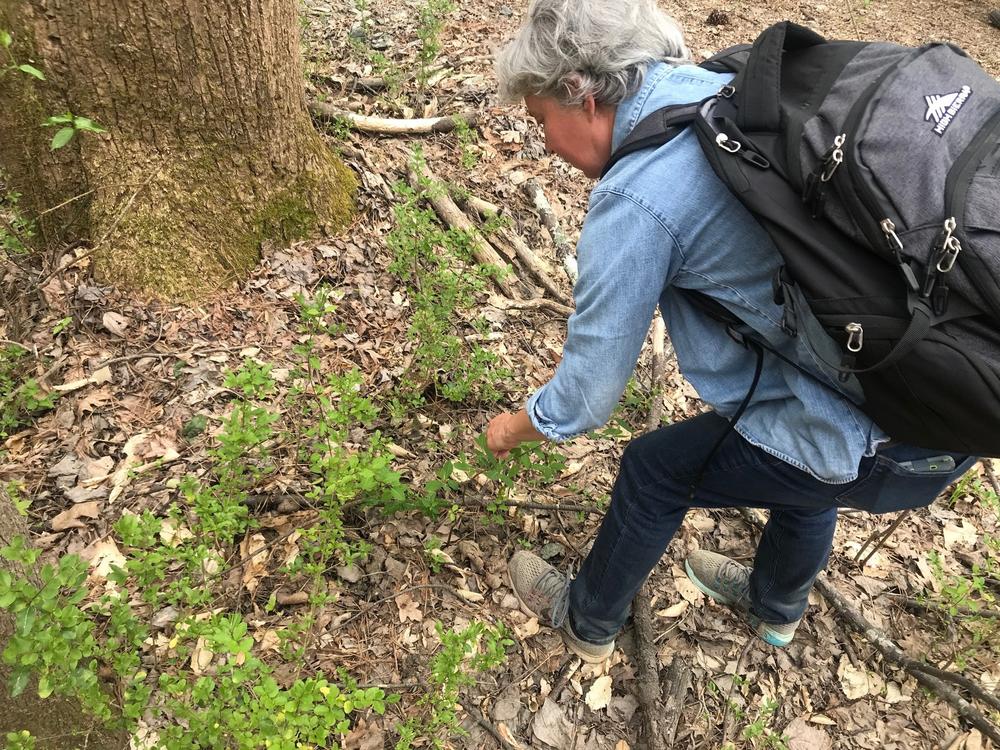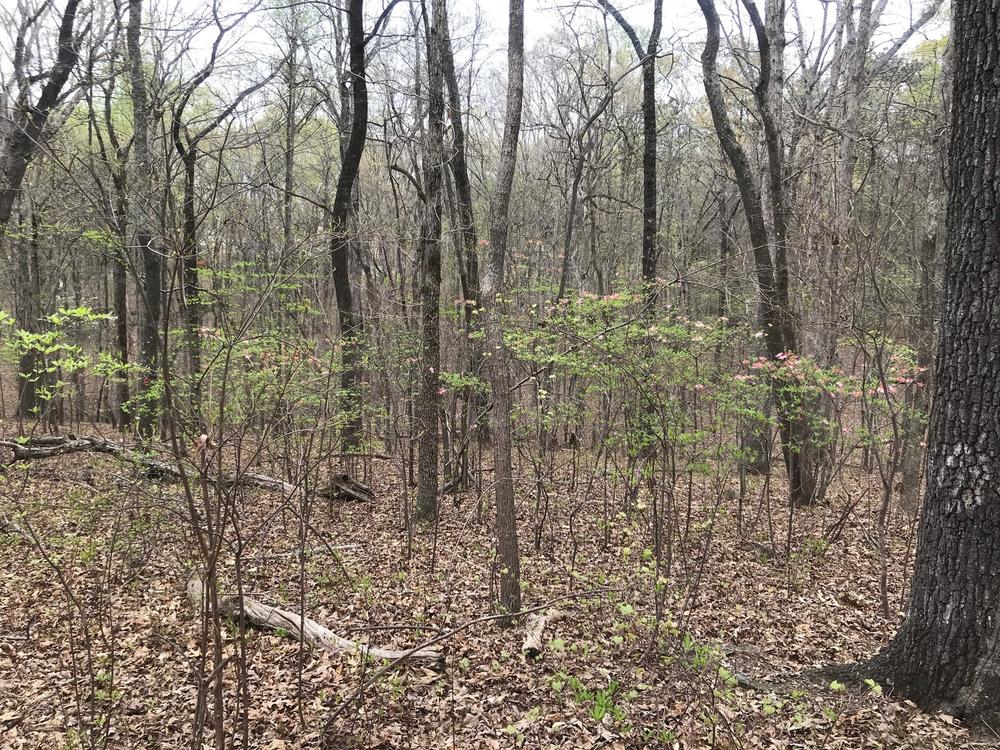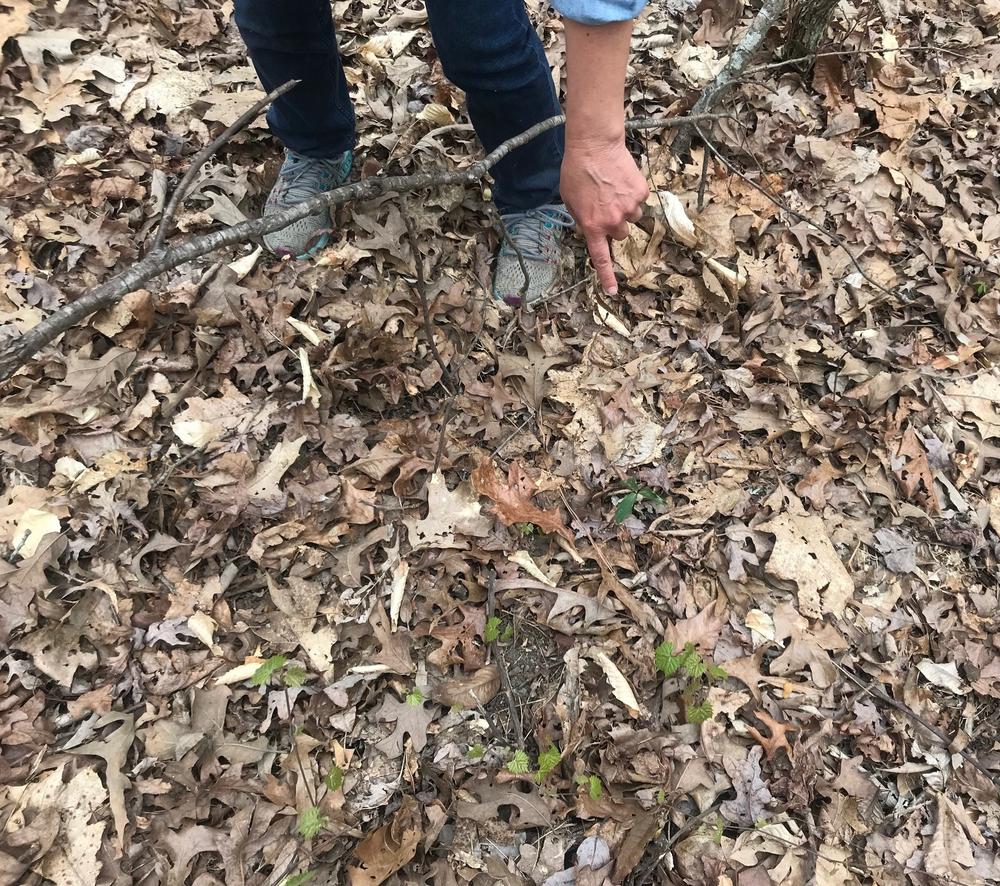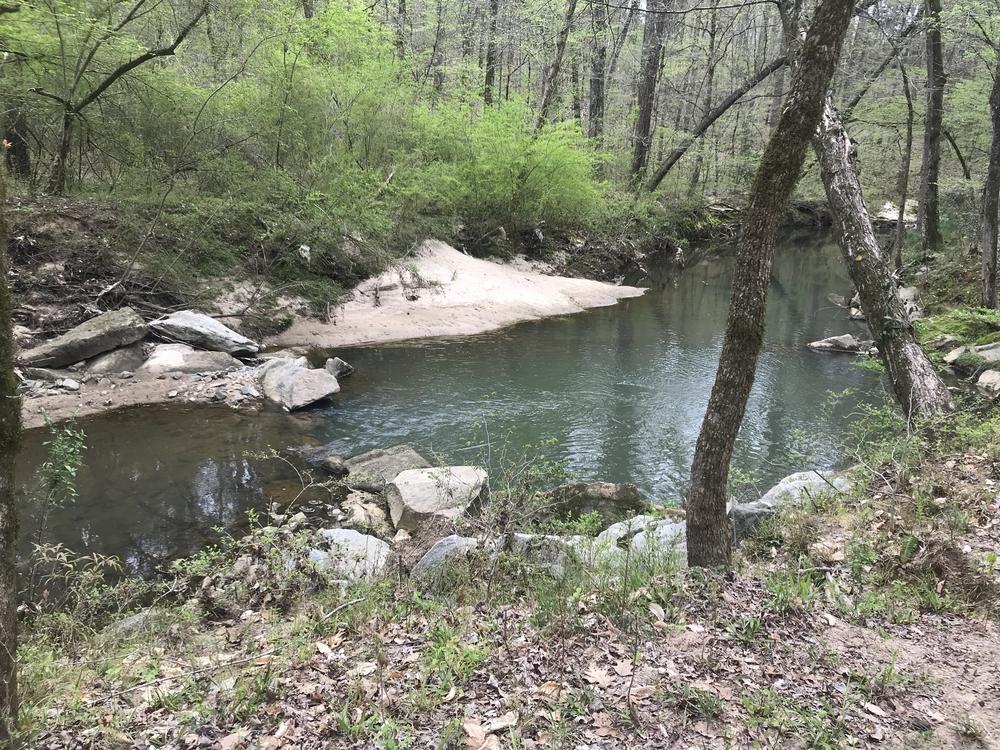Section Branding
Header Content
Inside The Fight To Keep Atlanta A 'City In The Forest'
Primary Content
Atlanta’s nicknames cover a variety of unique things about the city, like Empire of the South, the Black Mecca, more notably in music, A-Town. But there’s another one it’s fighting to keep, “City in a Forest.”
If you’ve ever flown over Atlanta, you’ve probably noticed it looks different than other major cities. Its 47% tree cover is the highest among them. That’s More than Charlotte, Minneapolis, Denver and Los Angeles.
Native Forest
You don’t have to travel far to get a better understanding of the city’s forest.
“This is a very special forest that urban areas just don’t have,” Kathryn Kolb with Eco Addendum said while standing in Lionel Beecher Hills Park, just five miles west of downtown Atlanta. Her group leads nature walks and tours around the metro area.
“Some of the trees have been cut but a lot of the trees in here are probably a hundred years old, some of them are older," she said. "There are a few trees that are old growth."
To the untrained eye, the wooded area seemed anything but special. Brown leaves littered the floor, trees still showcased bare limbs and the green that was apparent was an invasive species.
As we walked deeper into the forest, Kolb’s eyes lit up as she spotted plants that belonged.
“Oh wow, look at this,” Kolb exclaimed, pointing at a small, three-leaf pant coming up from the forest floor. “That’s a high-value indicator species. I think that’s catesbai trillium right there.”
That’s a native Georgia plant.
“You know when we see these plants in the ecosystem, that means our soils are intact and that’s a very special thing,” she said.
Population Effects
But Atlanta has nearly half a million people and its native soil. That it’s able to have both goes all the way back to the settlers.
Even though the city’s population has continued to grow, it got a late start compared to cities in neighboring states. Charleston was founded in 1670, Charlotte in 1768, but Atlanta wasn’t founded until 1837.
And when colonizers they did arrive, the hilly nature of the area made it hard to farm.
“These seed beds go back a hundred years or more,” Kolb said. “That’s why the forest is able to regenerate itself.”
If you fast forward to now, humans still remain the biggest threat in the form of urban sprawl.
Greg Levine with Trees Atlanta said one of the main issues he sees is smaller houses being torn down and replaced with larger, suburban style ones.
“The problem is it’s more house but not really more people,” Levine said. “So, we’re not even increasing our density.”
It’s kind of a catch 22. People want to move here because of the trees, but to accommodate them, more trees have to be cut down.
Tree Ordinance Loophole
Atlanta actually has an ordinance that’s supposed to help preserve the canopy, but there’s kind of a problem with it. Tim Keane, the city's office of planning commissioner, said the way it’s currently written allows for developers to take advantage of a loophole.
“The tree ordinance that we have doesn’t really protect trees,” Keane explained. “It just requires that you make a payment when you remove a tree and that needs to change.”
And there's no guarantee those funds go toward planting new ones. Last year, the city issued 8,336 permits and an arborist review was needed for 3,805 of those.
Keane said changing the ordinance requires a number of things, the first is regulating trees on private property.
“We have to protect forest that we have today,” Keane said. “We have to plant new forest and we have to make more of the public realm trees.”
Public realm trees like the ones on streets, in parks, or on green space.
Future Actions
The city’s goal is to increase its tree cover percentage to 50 percent, up from where it currently sits at 47.
Levine said he believes trees still matter when people are searching for a place to call home.
“We have a city that people want to live in,” he said. “But if you continue to decline, and we have more flooding issues or extreme heat summers, which is what you have when you lose your canopy, then Atlanta loses its market place.”
Jacqueline Echols with the South River Watershed Alliance said trees also prevent added costs and burdens from being put on taxpayers.
“When you look at our sewer infrastructure, it’s dilapidated,” Echols said. “No one knows how to pay for all the infrastructure that the city needs and so the infrastructure you’ve got to help you solve that is the trees.”
To help with that, Keane said his office will start writing a new ordinance within the upcoming months and hope to get it to the city council by this fall.




